Fanny's fact check: Measuring radioactivity
From the comic book 'The Kiekeboes: Uranium-235'
Fanny looks up startled when a Geiger counter is pushed under her nose. Is THAT little device supposed to measure the invisible, detect it and guarantee her safety? Is it really necessary to run for your life when the Geiger counter makes a sound? Why is it so important to know whether any ionising radiation is present and how much? We'll find out...
© In samenwerking met De Standaard Uitgeverij. Alle prenten en verhaallijnen behoren hen toe.
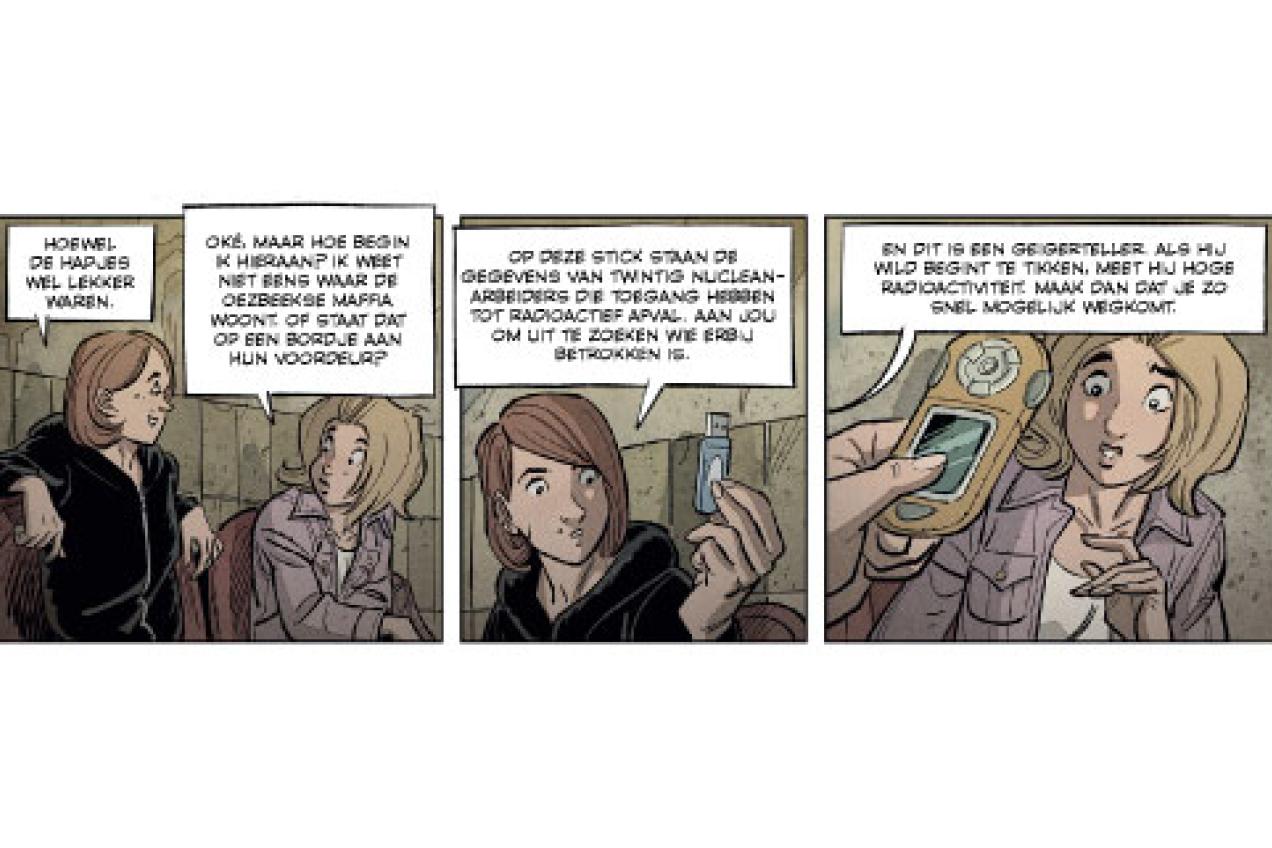
Geiger counter? Are you as baffled as Fanny?
A Geiger(-Müller) counter is a measuring device specifically designed to measure the presence of radioactivity. This is necessary because, unfortunately, you cannot see, smell, taste or feel radioactivity. Another way to detect radioactivity is through a dosimeter. What's the difference?
A dosimeter measures the total accumulated amount of radiation a person was exposed to within a given period of time. This is important for people who work with/near radiation. Dosimeters come in different forms, such as a badge, a digital device or even your smartphone.
A Geiger counter, on the other hand, is used to measure surface contamination from radiation, for example. It measures the exposure rate, or the intensity of radiation at that exact moment. When ionising radiation is present in the detector, an electrical voltage is generated. A chain reaction occurs that leads to an electric discharge in gases. This is amplified and sent to a speaker, making a tap audible.

Tik tik tik...
When you take hold of a Geiger counter, you will notice that it (almost) always ticks softly. Why is that? Everything around us is made up of atoms. They are like little building blocks. An atom consists of protons (positively charged particles) and neutrons (neutral particles). Most atoms are stable. Those who are not want to become so. They spontaneously disintegrate until they are stable. During that 'decay', energy is released, which is called ionising radiation.
🤯 Did you know that even a banana or a pint of beer emits ionising rays and is therefore radioactive?
Five reasons to measure radioactivity
You already know what radioactivity is and how we measure it. But why are we doing this? By measuring and analysing radioactivity and ionising radiation, we can predict its effects – on Earth and in space, on humans and on the environment. The better we can identify the amount and type of radiation, the better we can protect ourselves against it.
- Safety: protecting humans and the environment from overexposure to radiation.
- Medicine: monitoring activity administered to a patient for diagnosis or treatment using radioactive isotopes.
- Research: To conduct studies on the properties of and consequences of exposure to radioactivity
- Environment: Monitoring radioactive contamination in the environment, e.g. levels of natural and artificial radioactivity in air, rain, surface waters and drinking water, soil and vegetation, coastal zone and food chain products.
- Industry: monitoring materials for industrial use that contain naturally occurring radioactive material.
In a nutshell? Understanding and measuring radioactivity is hugely important for the safety, health and progress of society. With the right knowledge and tools, we can leverage the benefits of radioactive materials while controlling the risks. One such risk is the damage that ionising radiation can do to living tissue, such as your DNA. It is therefore important to limit exposure to ionising radiation in quantity and time.
Dose limits and units of measurement
When is it too much? In order to know that, dose limits* were established. Limits, expressed in figures that indicate when your dose is excessive. In Belgium, these are enforced by the Federal Agency for Nuclear Control (FANC). For your own health, it is important not to exceed them:
*The dose limit is counted on top of the natural exposure.
-
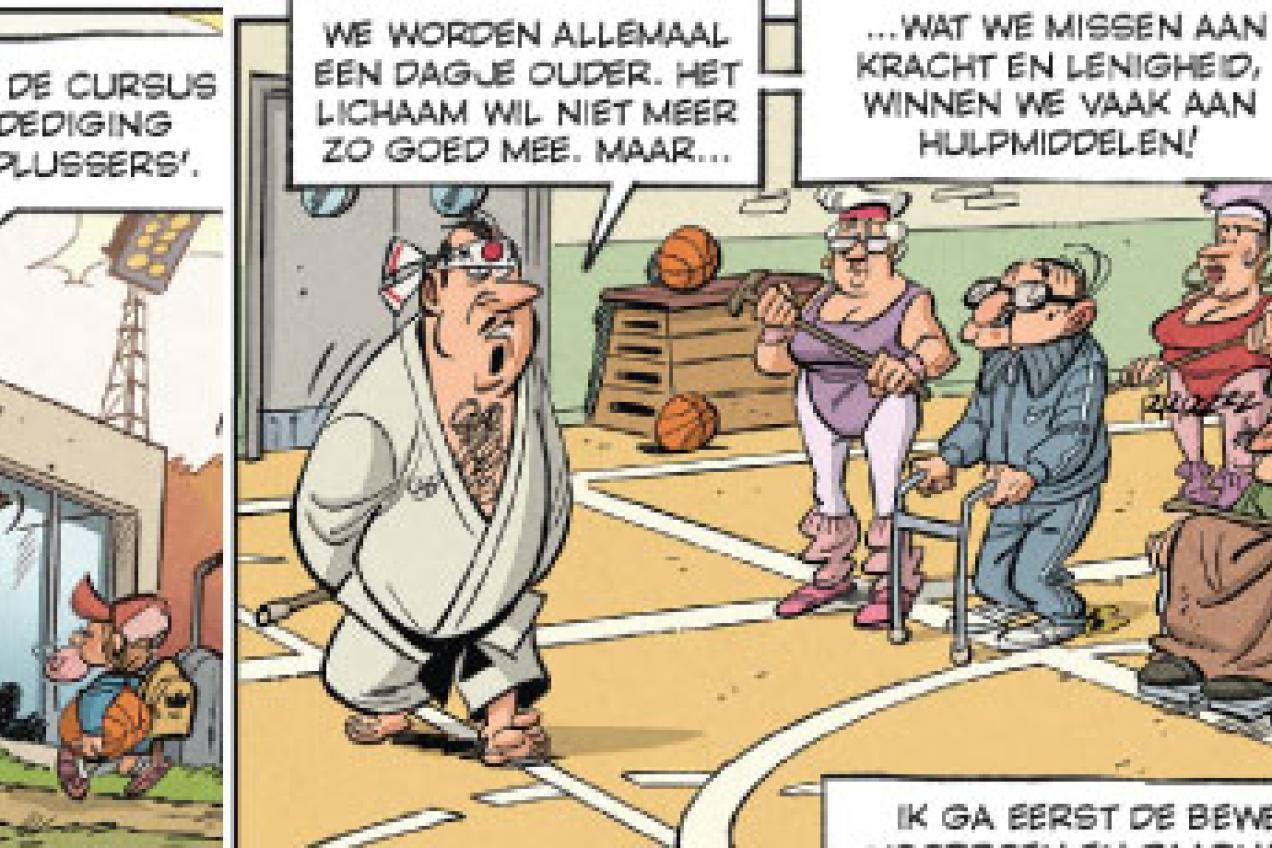
General population
1 mSv per year
-

Occupationally exposed persons
20 mSv per 12 consecutive rolling months
-

Pupils and students (16-18 years old)
6 mSv per year
🧠 Did you know that the natural exposure in Belgium is 2.4 mSv/year?
🔗 Do you want to know more? Look back at Fanny’s factcheck on radiation as a natural phenomenon.
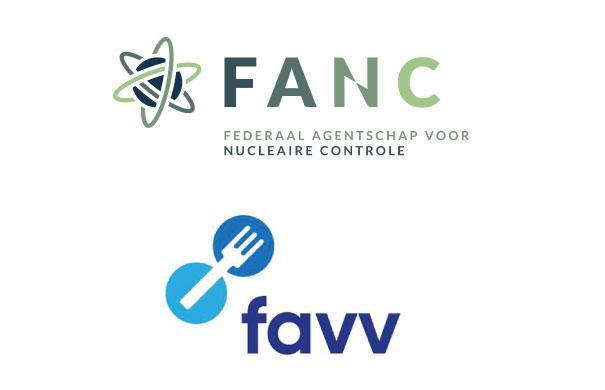
Control bodies
In Belgium, the Federal Agency for Nuclear Control (FANC) is the main body responsible for protecting workers, the public and the environment from the risks of ionising radiation. Among other things, the FANC monitors levels of radioactivity in the environment, conducts checks and inspections, and ensures compliance with regulations on radioactive substances and radiation
In addition, the Federal Agency for the Safety of the Food Chain (FASFC) conducts radiological analyses, mainly focused on food safety. These agencies work together to ensure the safety of the public and the environment.
The nuclear sector is bound to strict safety rules and procedures. That means the chance of a nuclear accident is small, but never out of the question. In a nuclear incident or accident, radioactivity may be released into the air, water or soil. In order to be able to take the appropriate measures, it is therefore important for the government to be able to assess the situation accurately.
Measuring unit with innovative gadgets
In order to quickly identify any contamination or even a radioactive cloud, SCK CEN also carries out aerial measurements with drones and/or helicopters. In fact, SCK CEN advises the government in drawing up the measurement strategy.
In the event of a nuclear accident – no matter how minor – the Measurement Unit responds. This Measurement Unit is a team led by the (FANC) that performs radiological measurements. SCK CEN is part of the team along with experts from Civil Protection, Defence, the National Institute for Radioelements (IRE) and the Federal Agency for the Safety of the Food Chain (FASFC). The unit regularly organises drills to master specific procedures, as well as exercises to test full emergency plan operation.
How is SCK CEN doing its part in measuring radioactivity?
-
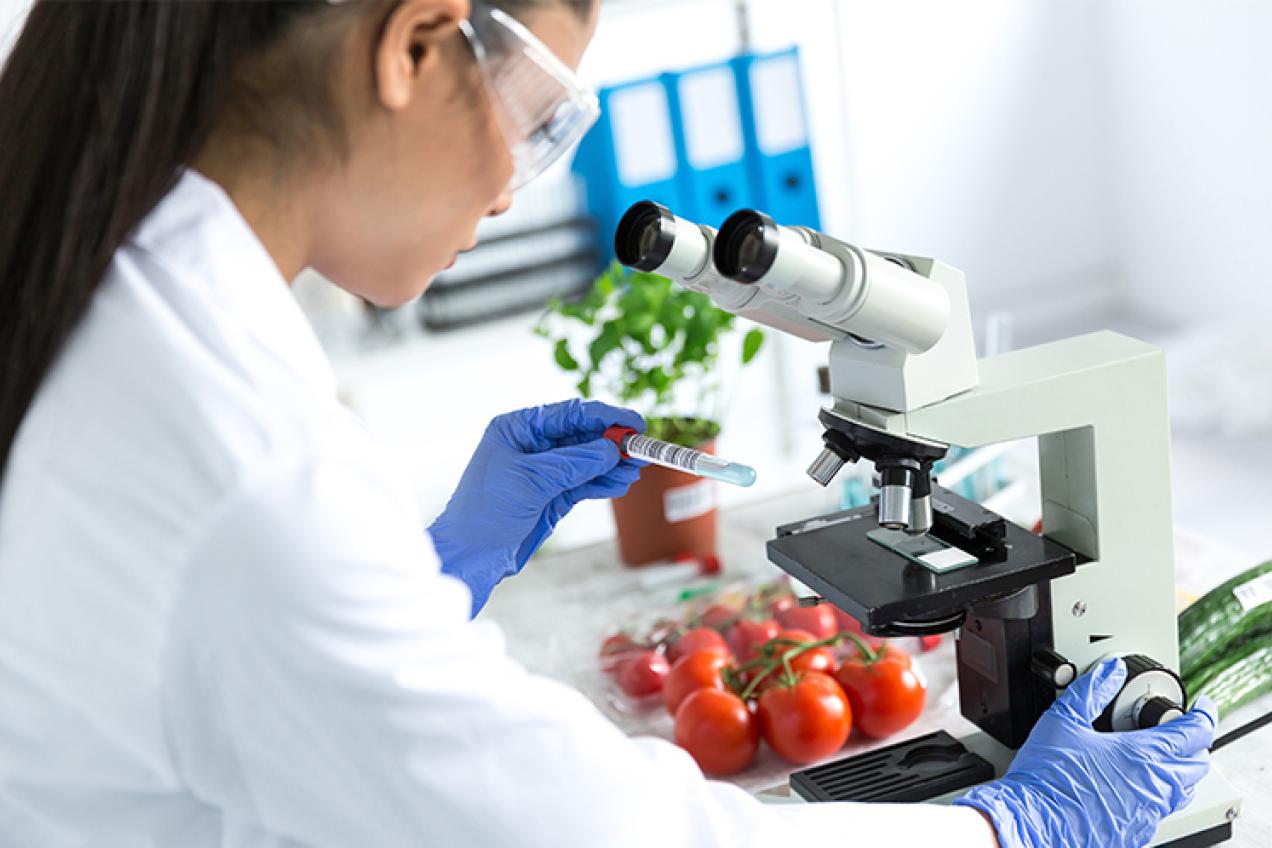
Low-level radioactivity measurement
The FANC keeps a sharp eye on radioactivity on Belgian territory. The agency manages the TELERAD network: more than 250 measuring stations measure radioactivity in the air and river water around the clock. Air, water, soil and food samples are also continually taken and analysed: SCK CEN makes an important contribution to this. As soon as a limit is exceeded, an alarm is raised.
We monitor radiation levels on behalf of the FANC by taking and analysing samples of, for example, drinking water, food and pasture grasses. Low-level radiation doses must also be measured. This is what we call low-level radioactivity measurements – a specialism of SCK CEN as part of radiological protection.
-
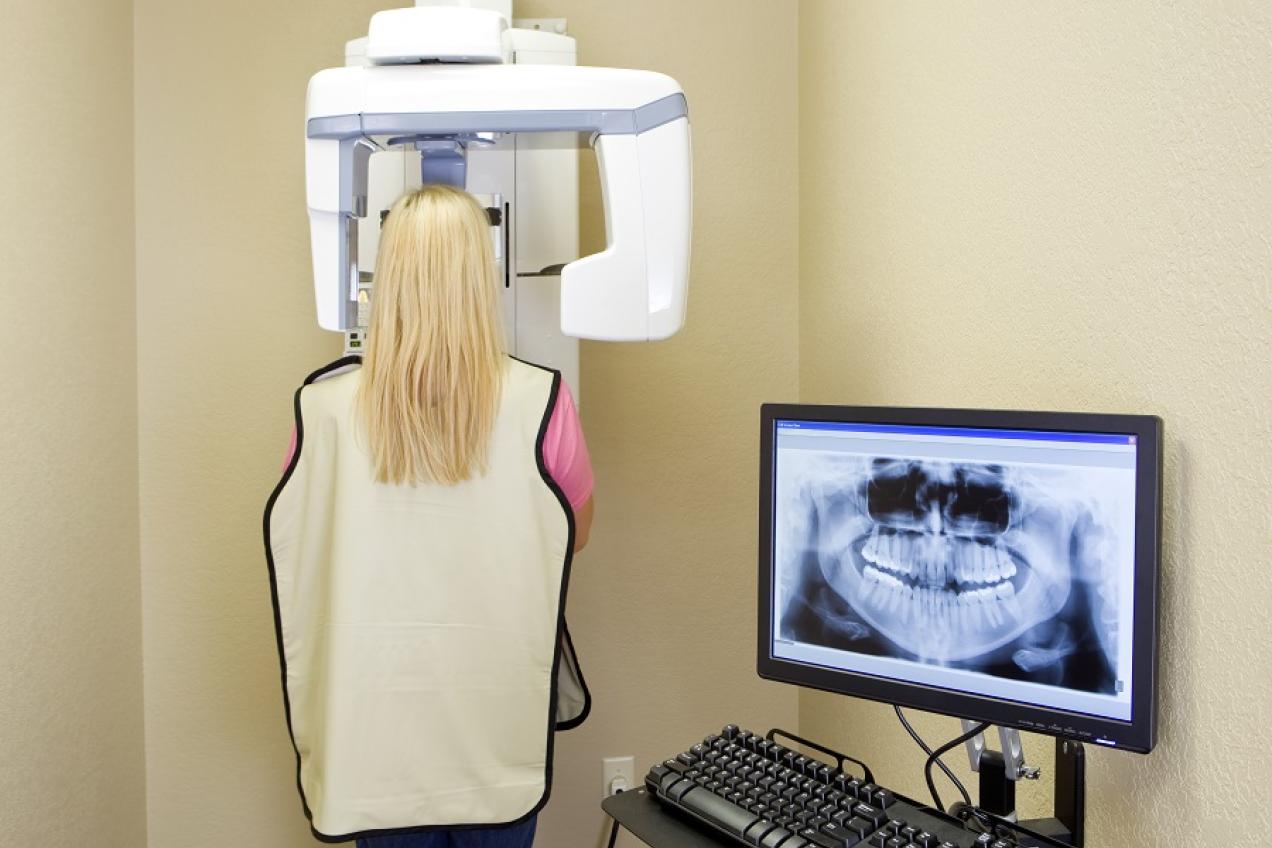
Dosimetry
Certain work processes, including electricity production through nuclear energy, nuclear medicine, medical imaging and radiotherapy, make use of ionising radiation or radioactivity. The risk of damage to health increases with heightened exposure. SCK CEN measures, analyses and checks the doses taken by employees and studies the latest technologies in this field.